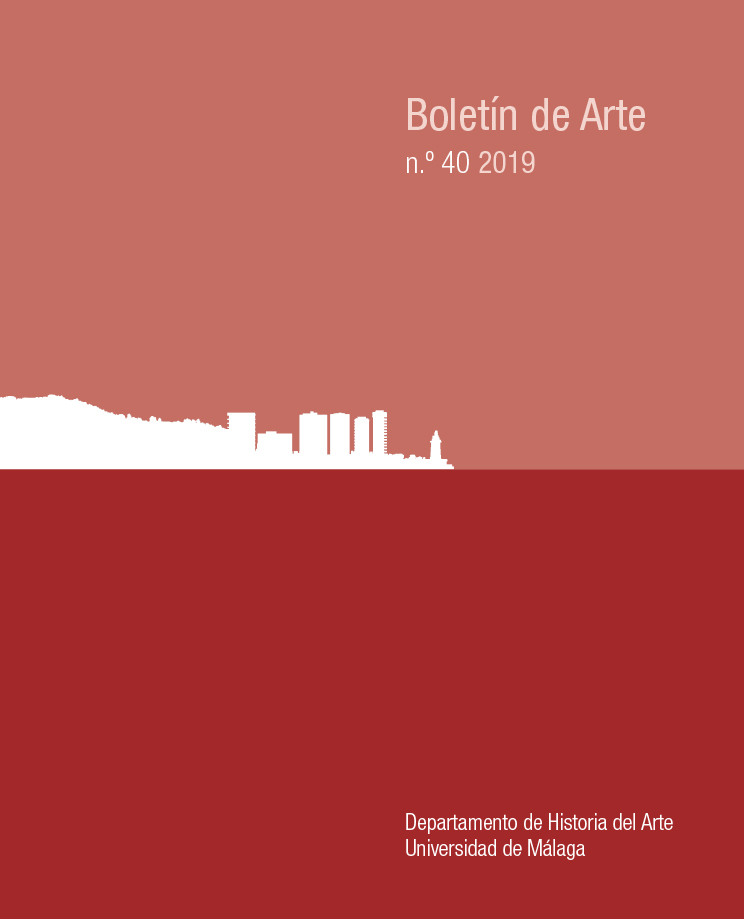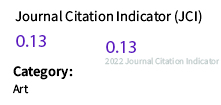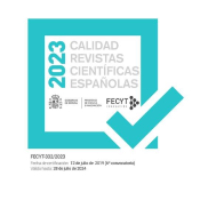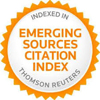Fedeltà or Animality? The Dog in the Scenes of Mary Magdalene’s Conversion in XVIth Century Italy
DOI:
https://doi.org/10.24310/BoLArte.2019.v0i40.5689Abstract
Since Antiquity, non-human animals have been used for embodying virtues and vices. The symbolic meaning of the dog moves back and forth between negative and positive attitudes depending on each tradition. This paper seeks to study the presence of the dog in Mary Magdalene’s conversion. The selected paintings are related to sixteenth-century Italian art. Iconography and iconology as well as gender studies are the main methodological approaches to the subject.
Downloads
Metrics
References
BLOCK FRIEDMAN, John (2016), “Dogs in the Identity Formation and Moral Teaching Offered in some Fifteenth-Century Flemish Manuscript Miniatures”, en en GELFAND, Laura D. (ed.), Our Dogs, Our Selves. Dogs in Medieval and Early Modern Art, Literature, and Society, Brill, Leiden – Boston, pp. 325-362.
COHEN, Simone (2008), Animals as Disguised Symbols in Renaissance Art, Brill, Koninklijke.
DEMELLO, Margo (2012), Animals and Society: An Introduction to Human-Animal Studies, Columbia University Press, New York – Chichester – West Sussex.
HOBGOOD-OSTER, Laura (2008), Holy Dogs and Asses: Animals in the Christian Tradition, University of Illinois Press, Urbana – Chicago.
GARCÍA MAHÍQUES, Rafael (2009), Iconografía e Iconología. Volumen 2. Cuestiones de método, Encuentro, Madrid.
GROSS, Aaron (2012), “Introduction and Overview. Animals Others and Animal Studies”, en GROSS, Aaron y VALLELY, Anne (eds.), Animals and the Human Imagination. A Companion to Animals Studies, Columbia University Press, New York – Chichester – West Sussex, pp. 1-23.
GUINOT, Jean-Noël (2008), “La tradición patrística”, en VV.AA., Figuras de María Magdalena, Verbo Divino, Estella, pp. 15-50.
MANN, Judith W. (2016), “Federico Barocci’s Faithful Fidos: A Study in the Efficacy of Counter-Reformation Imagery”, en GELFAND, Laura D. (ed.), Our Dogs, Our Selves. Dogs in Medieval and Early Modern Art, Literature, and Society, Brill, Leiden – Boston, pp. 127-163.
MENACHE, Sophia (1997), “Dogs: God’s Worst Enemies?”, Society and Animals, vol. 5, nº. 1, pp. 23-44.
PANOFSKY, Erwin (1934). “Jan van Eyck’s Arnolfini Portrait”, The Burlington Magazine for Connoisseurs, vol. 64, N.º 372, Marzo, pp. 117-127.
SÁNCHEZ ORTEGA, María Helena (1992), “Woman as Source of ‘Evil’ in Counter-Reformation Spain”, en CRUZ, A.J. y PERRY, M. E. (eds.), Culture and Control in Counter-Reformation Spain, University of Minnesota Press, Minneapolis – Oxford, pp. 196-215.
SAX, Boria (2017), “Animals in Folklore”, en KALO, Linda (ed.), The Oxford Handbook of Animal Studies, Oxford University Press, New York, pp. 456-473.
SCHEICK, William J. (2005), “Animal Testimony in Renaissance Art. Angelic and other Supernatural Visitations”, en POLLOCK, M. y RAINWATER, C. (eds.), Figuring Animals: Essays on Animal Images on Art, Literature, Philosophy and Popular Culture, Palgrave MacMillan, s.l., pp. 65-79.
STEINER, Gary (2006), “Descartes, Christianity, and Contemporary Speciesism”, en WALDAY, P. y PATTON, Kimberly (eds.), A Communion of Subjects. Animals in Religion, Science, & Ethics, Columbia University Press, New York – Chichester – West Sussex, pp. 117-131.
WALKER-MEIKLE, Kathleen (2012), Medieval Pets, The Boydell Press, Woodbridge.
Downloads
Published
How to Cite
Issue
Section
License
Todos los contenidos publicados en la revista Boletín de Arte están sujetos a la licencia Creative Commons Reconocimento-NoComercia-Compartirigual 4.0 cuyo texto completo puede consultar en <http://creativecommons.org/licenses/by-nc-sa/4.0>

Los/as autores/as cuyas contribuciones sean aceptadas para su publicación en esta revista conservarán el derecho no exclusivo de utilizar sus contribuciones con fines académicos, de investigación y educativos, incluyendo el auto-archivo o depósito en repositorios de acceso abierto de cualquier tipo.
La edición electrónica de esta revista esta editada por la Editorial de la Universidad de Málaga (UmaEditorial), siendo necesario citar la procedencia en cualquier reproducción parcial o total.











4.png)
